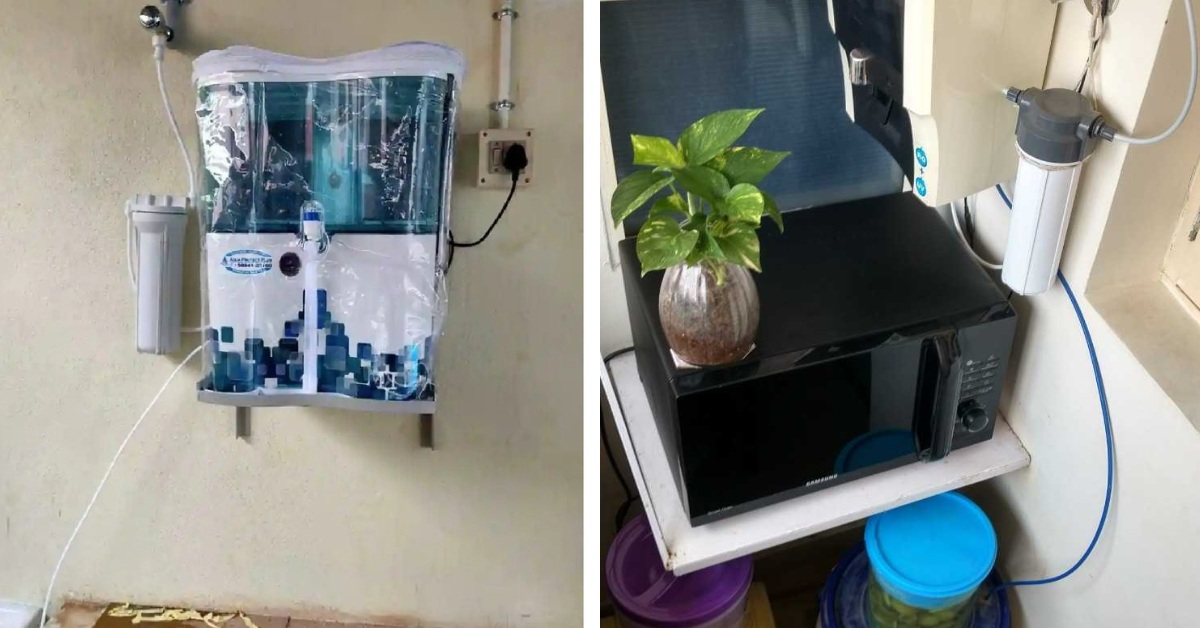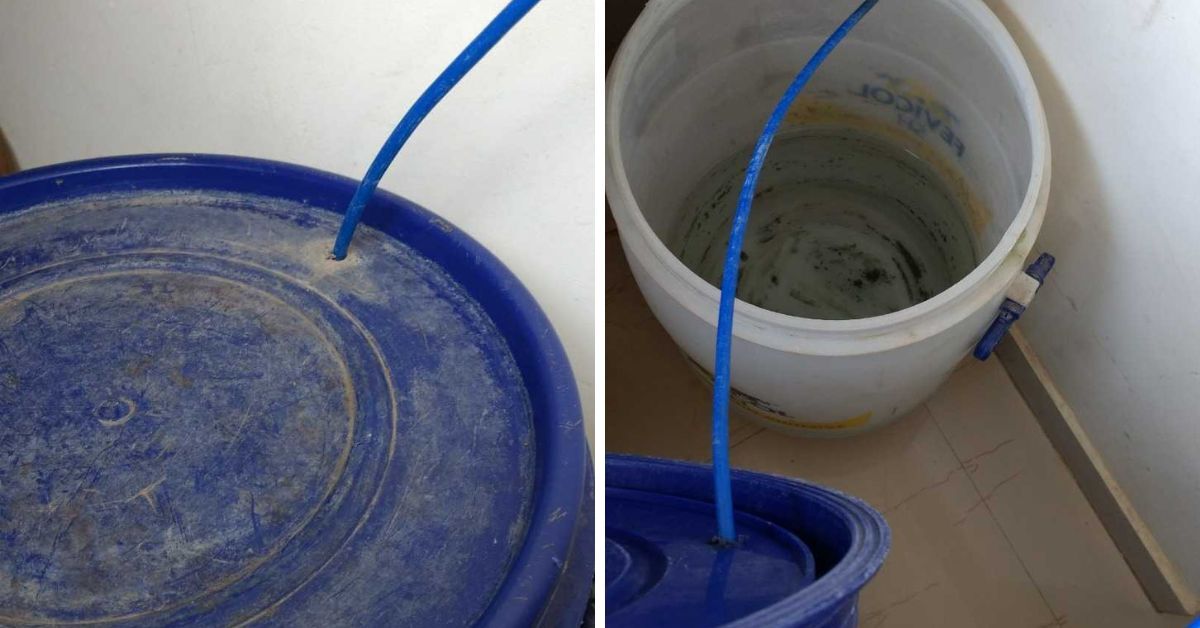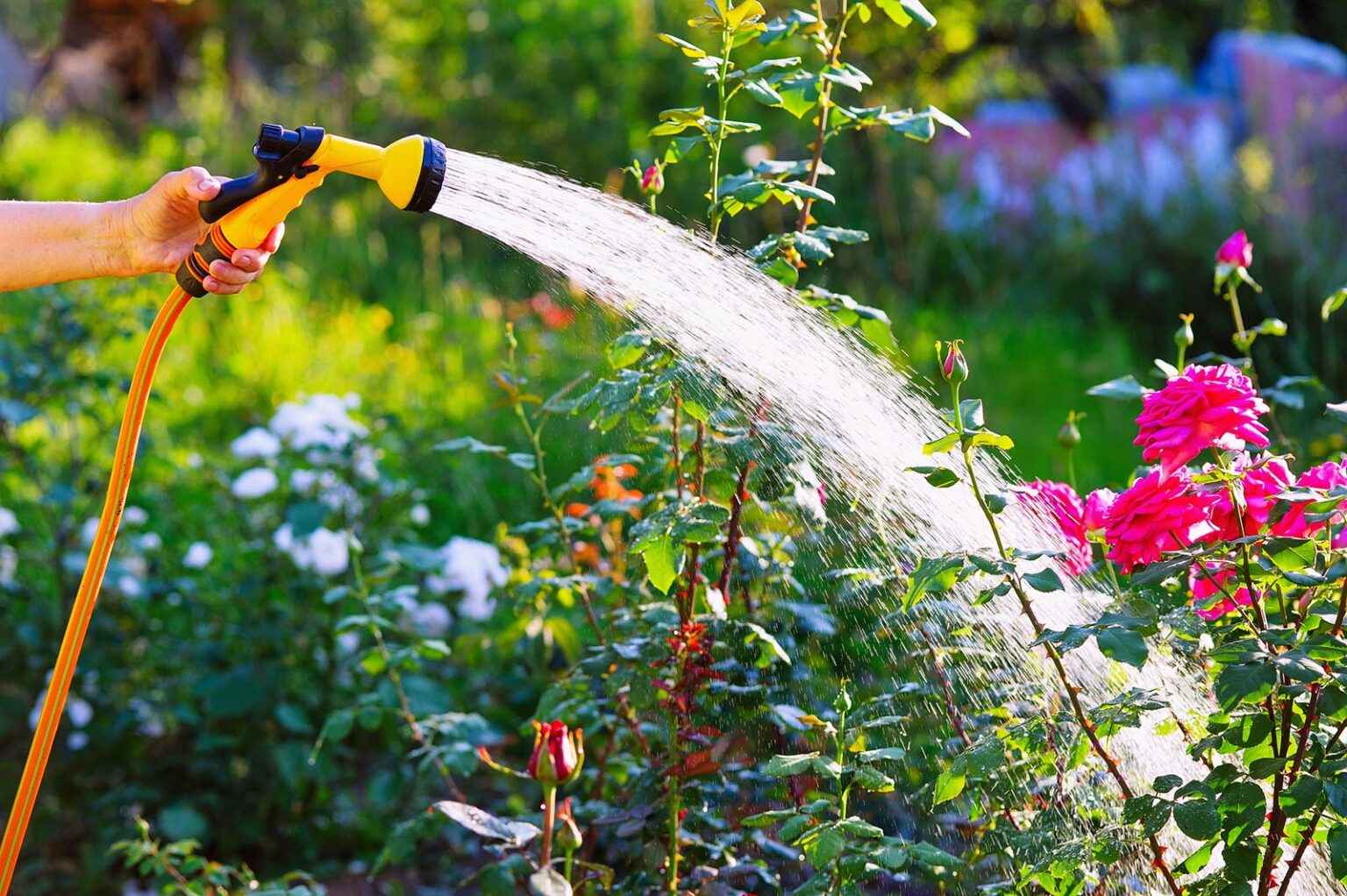How This Bengaluru Man Saves 24000 Litres of Water Every Year Using Just RO Wastewater
India’s metropolitan cities are running dry due to environmental degradation. From Mumbai to Chennai, and Bengaluru to Delhi, water scarcity is no longer a distant threat. With borewells drying up, water tankers charging a premium, and piped supply struggling to meet demand, urban families are being forced to rethink how they use — and waste — water.
Amid this growing crisis, one Bengaluru resident decided to find a sustainable solution. Prabhat Vijayan, a 45-year-old tech manager living in Horamavu, watched as his RO purifier discarded litres of wastewater for every glass of clean water it produced. While most people let that water disappear down the drain, he saw it as an opportunity and acted on it.
Armed with a drum and a screwdriver, he built a simple system that now saves his household 24,000 litres of water each year.
What happens to RO wastewater?
Originally from Alleppey, Kerala, a place where water was once in abundance, Prabhat never imagined he would one day have to pay for every drop. But moving to Bengaluru in 2014 changed that. His apartment relied on borewells for general use and tankers for drinking water. And those tankers weren’t cheap; they were priced at Rs 1,000 each.
“By installing an RO, we have saved more than 40 tankers worth of water, and thereby, the expense,” he explains.
 Most RO purifiers waste far more water for every single litre of clean drinking water
Most RO purifiers waste far more water for every single litre of clean drinking water
Around that time, he noticed another issue that did not sit right with him: his RO purifier was wasting far more water than it was producing. Curious to understand why, he dug a little deeper and discovered that reverse osmosis systems typically discard four litres of water for every single litre of clean drinking water they deliver.
Reverse osmosis is a water purification method that uses a semi-permeable membrane to remove impurities. This membrane filters out unwanted substances such as chlorine, salts, dirt, and other contaminants, including microscopic organisms that are not visible to the naked eye.
With a growing concern about water scarcity and some inspiration from neighbours and social groups, Prabhat decided it was time to act. And so, he came up with an effective water-saving setup right at home to capture and reuse the discarded water from his RO purifier.
Here’s how he did it — and how you can too.
Step-by-step: Turn RO wastewater into household help
1. Find a drum: Prabhat picked up a 50-litre drum, which is easily available and costs just Rs 300 to Rs 500.
2. Pick a utility spot: He placed it in a two sq-ft corner of his home, ensuring it didn’t take up much space and was easy to access.
 Prabhat placed a drum in a two-square-foot corner of his home to collect the wastewater from the RO purifier
Prabhat placed a drum in a two-square-foot corner of his home to collect the wastewater from the RO purifier
3. Secure it: Using a screwdriver, he made a small hole in the drum’s lid and inserted the RO discharge pipe. This redirected all the wastewater into the drum.
4. Reuse the water: Once collected, the water is used for mopping floors, the first rinse of dishes, flushing toilets, washing the car, and watering the garden.
 You can use the collected water to wash the car or water the garden
You can use the collected water to wash the car or water the garden
Simple, right? With no fancy plumbing or big investment, he now collects and reuses wastewater in smart ways.
More than just saving water
What began as a one-man mission is now a way of life for Prabhat and his family. “Around 2014, the water hardness level in our area was around 600 ppm [parts per million]. Now, the water we get is 800 ppm. The water level has fallen below 1,000 feet,” he says, stressing that action must be taken now.
His RO setup alone saves the equivalent of six full water tankers every year — and that’s just from one household.
Edited by Khushi Arora
News